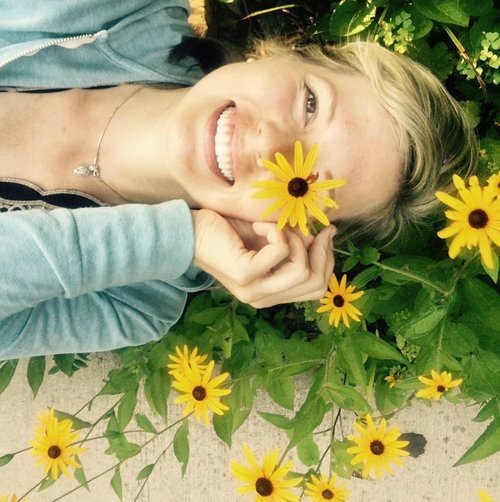"The general principle should be: Outside is better than inside; open is better than closed; fewer is better than more people; and stay away from sick people," says Dr. Erich Anderer, a neurosurgeon, previously told Insider.
Your chances of infection are lower outside because it's easier to maintain social distance outdoors, and the virus has to navigate wind, heat, and humidity to jump between people.
“The risk is definitely lower outdoors,” says Kimberly Prather, PhD, an atmospheric chemist at the Scripps Institution of Oceanography. “The primary reason is there’s just such a large volume of clean air.”
Sunlight kills 90% of the coronavirus particles in aerosols within six minutes, according to a June 11 study in the Journal of Infectious Diseases.
The data indicates that "outdoors is far safer than indoors, for the same activity and distance," according to a group of scientists and engineers, including professors from American, British and German universities.
"The risk of transmission is much lower outside than inside because viruses that are released into the air can rapidly become diluted through the atmosphere," the group explained, comparing the virus-carrying "aerosols" to cigarette smoke.
"While it is not impossible, there is no evidence that COVID-19 has been transmitted when people walk past each other outdoors," the group of scientists concluded. New York Times
And if there is one thing we can definitively state, it’s that this virus is much, much less likely to spread outdoors than in. For example, in a study of 7,324 Chinese case reports, only two — part of the same transmission event — could be linked to outdoor settings. A database of more than 20,000 cases (including the 7,324 Chinese cases) found 461 that were associated with transmission in completely outdoor environments — predominantly crowded events like markets and rallies. Overall, only 6 percent of all the cases in that database were linked to events that were either totally or partially outdoors. The rest were tied to indoor events. That fact is actually why experts are concerned that fall and winter could lead to an increase in transmission — not because it’s colder, but because people are spending more time inside.
Why does that matter? Some of it has to do with the physics of air movement, said Linsey Marr, a professor of civil and environmental engineering at Virginia Tech. If you’re standing right next to someone else, there won’t be enough time for sun and heat to break the virus down before you breathe it in. But there is enough time for the wind to blow it away. “Imagine someone who is infected as a smoker,” Marr explained. “If someone is smoking, and you want to minimize your exposure, would you rather be indoors or outdoors with them?”
Air circulation isn’t the only thing at play here, though. After reviewing dozens of studies on the transmission of the novel coronavirus in outdoor settings, Mike Weed, a professor of applied policy sciences at the U.K.’s Canterbury Christ Church University, found that outdoors was safer even before social distancing and mask wearing became the norm. fivethirtyeight.com
Still not ready to join us YET?
Create your own virtual yoga, meditation and hiking experience via the FREE videos on our YouTube Channel (and share with friends & family).

